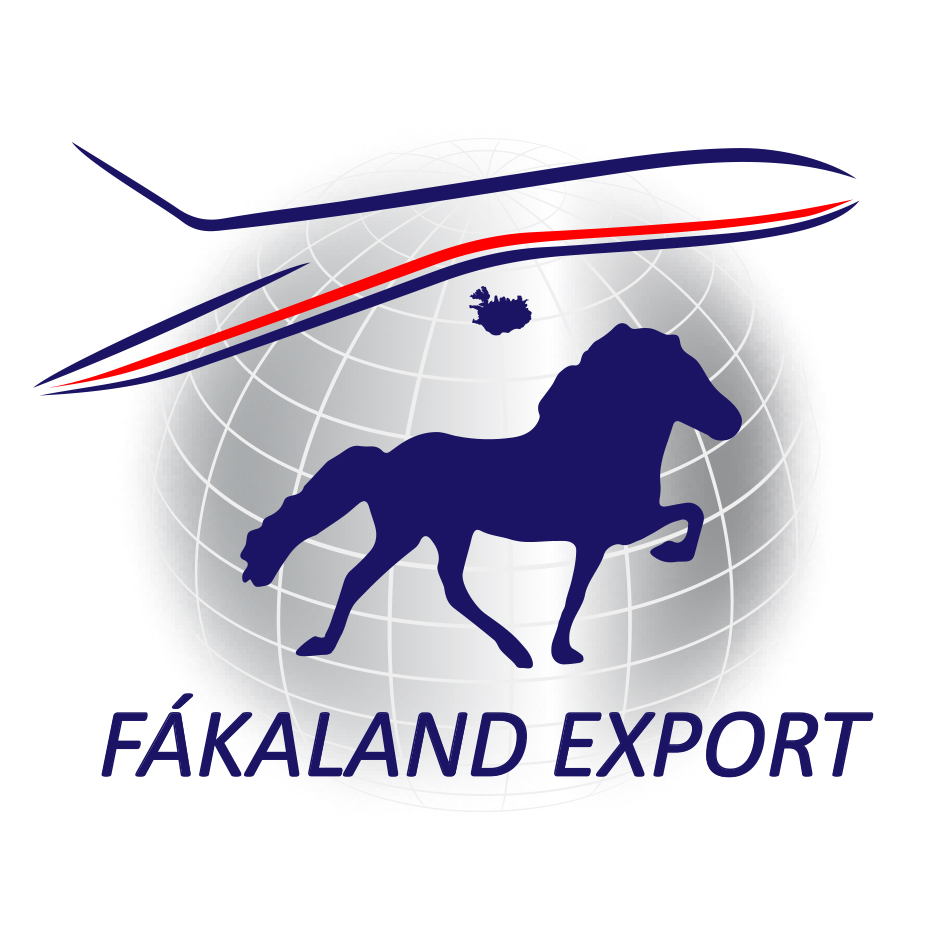“It was a big thing,” declares Laura Bas Conn, a veterinarian MsC at the Department for Animal Breeding and Genetics at the Swedish University of Agricultural Science. “The discovery showed that horses with a double copy of the mutation can pace and also perform other gaits, such as trot and tölt, better. The next step is to find out which other genetic factors are involved.”
Since January, Laura has been researching the genetics that influence performance in pace-racing Icelandic horses. Her aim is to investigate whether polymorphisms (mutations) of three genes (MSTN, GRIN2B and DOCK8) affect the performance of pace racing. “This is super preliminary, and everything can change. But this is the first picture, which we can build on for a bigger project, which will be my PhD project,” says Laura, who gave a presentation on the initial results of her study at Landsmót – The National Icelandic Horse Competition 2018 in July.
“I’m very interested in the sport performance of horses, muscle physiology, the body and mind, and pace racing Icelandic horses are the perfect example,” adds Laura, who used to ride herself. “When I was younger I did show jumping. I have tried riding Icelandic horses but as I’ve always ridden warm-blooded horses I was very bad at it. But I thought it was a lot of fun to tölt,” she says with a smile.
 One of the three genes Laura’s research group has focused on is the MSTN (Myostatin) gene. They studied three mutations of the gene which have been proven to influence the performance of Thoroughbreds. “When it was found to affect racing in Thoroughbred horses, everyone jumped on the bandwagon, studying other breeds,” says Laura. However, these particular MSTN mutations were not found to have an effect on the performance of Icelandic horses. While one of the three mutations could be weakly associated with pace racing performance, the other two turned out to be ineffective, leading researchers to believe that these variants may not influence pace performance at all. Now, the MSTN gene may be excluded from the study and the focus can shift towards other unique genes that may affect pace racing performance.
One of the three genes Laura’s research group has focused on is the MSTN (Myostatin) gene. They studied three mutations of the gene which have been proven to influence the performance of Thoroughbreds. “When it was found to affect racing in Thoroughbred horses, everyone jumped on the bandwagon, studying other breeds,” says Laura. However, these particular MSTN mutations were not found to have an effect on the performance of Icelandic horses. While one of the three mutations could be weakly associated with pace racing performance, the other two turned out to be ineffective, leading researchers to believe that these variants may not influence pace performance at all. Now, the MSTN gene may be excluded from the study and the focus can shift towards other unique genes that may affect pace racing performance.
Laura and her research partners suspect that there is a difference in the muscle fibres depending on whether horses are used exclusively for pace racing or whether horses are mainly trained for five gait but race occasionally. “We believe that when horses compete often in five gait they lose their sprinting power because of the special muscle type that enables explosive speed over a short time.” She explains that if a horse is mainly trained for five-gait and races occasionally, it’s unlikely that it will become a great pace-racer because the training makes the muscle fibres switch.
The second gene is GRIN2B, or what they call the “will-to-win” gene. Preliminary results indicate that the mutant gene variant makes horses more focused and more motivated to perform better. “Some horses get quite upset if another passes them and then they break into a gallop. We want to associate the ability of the horse to focus and not break into a gallop to either of the gene variants; we suspect it’s the mutant from the preliminary results,” Laura explains.
The third gene is DOCK8, which has a role in the development of motor function and motor coordination. There is a link between the gene and immune disease, which Laura wants to investigate whether can be associated with chronic stress at competitions. Stress damages the immune system and the gene may be playing a role in this, as racing can be a stressful situation for the horse. “We don’t have any solid results on performance but maybe with more horses we will.”
Laura has now collected more samples from both fast and slow pacers. “Then we hope to compare results with the rest of the population and see if there’s a difference between the fast pacers and everyone else,” she explains. Horse owners also fill out a questionnaire. Laura points out that not only genes play a part in a horse’s performance in pace but also many other factors, such as training and the horse’s age when training begins. Therefore, the questionnaire is necessary, too.
When asked about the higher purpose of her research, Laura responds: “For the ‘will-to-win’ gene we think we picked up something important. Hopefully, with more horses we can prove that horses with the mutant variant have the special kind of temperament required to succeed in pace racing. A horse that’s not good for pace racing can be trained for something else. It’s also a matter of animal welfare, to find the right kind of training for different horses so that they can be happy in the end.”
Text: Eygló Svala Arnarsdóttir. Photos: Courtesy of Laura Bas Conn.

.jpg?280x160;crop)
.jpg?280x160;crop)
.jpg?280x160;crop)
.jpg?280x160;crop)
.jpg?280x160;crop)
.jpg?280x160;crop)

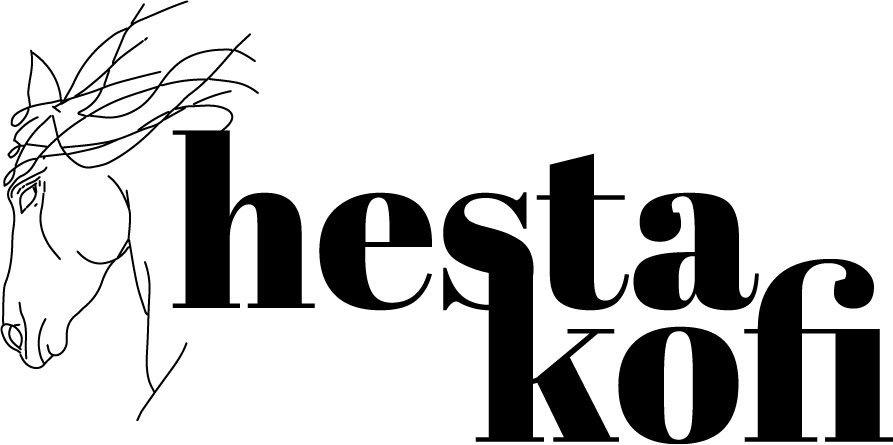




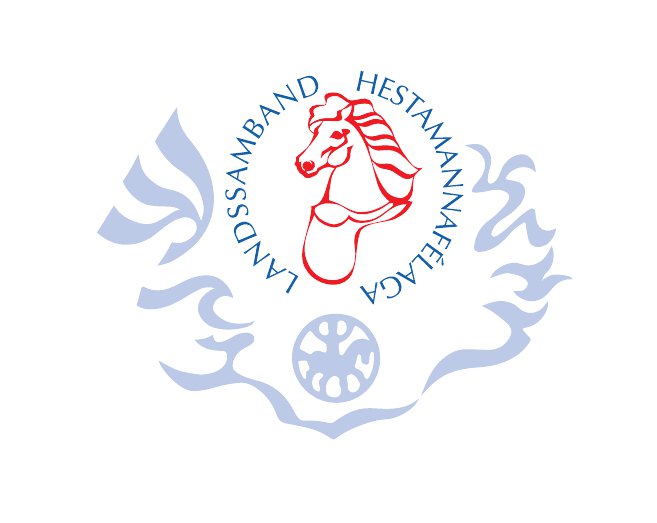

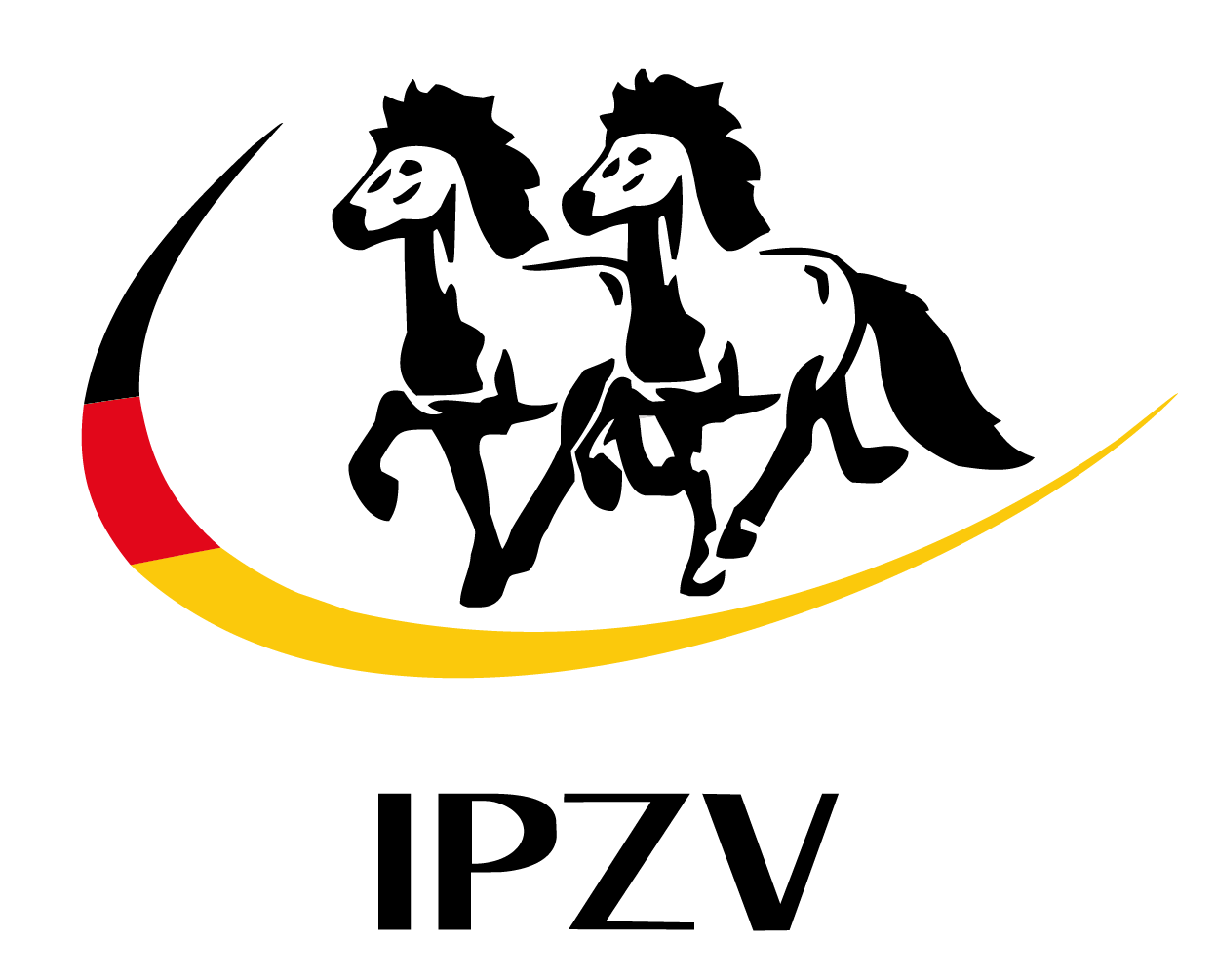



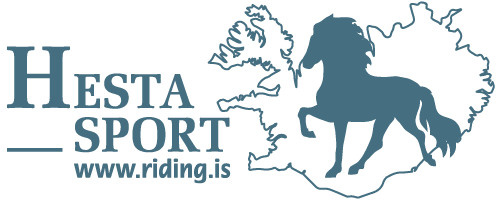


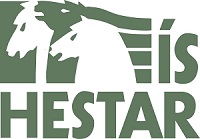




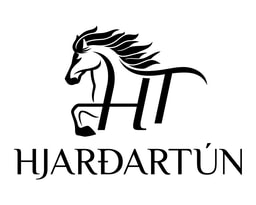
-1.jpg)
